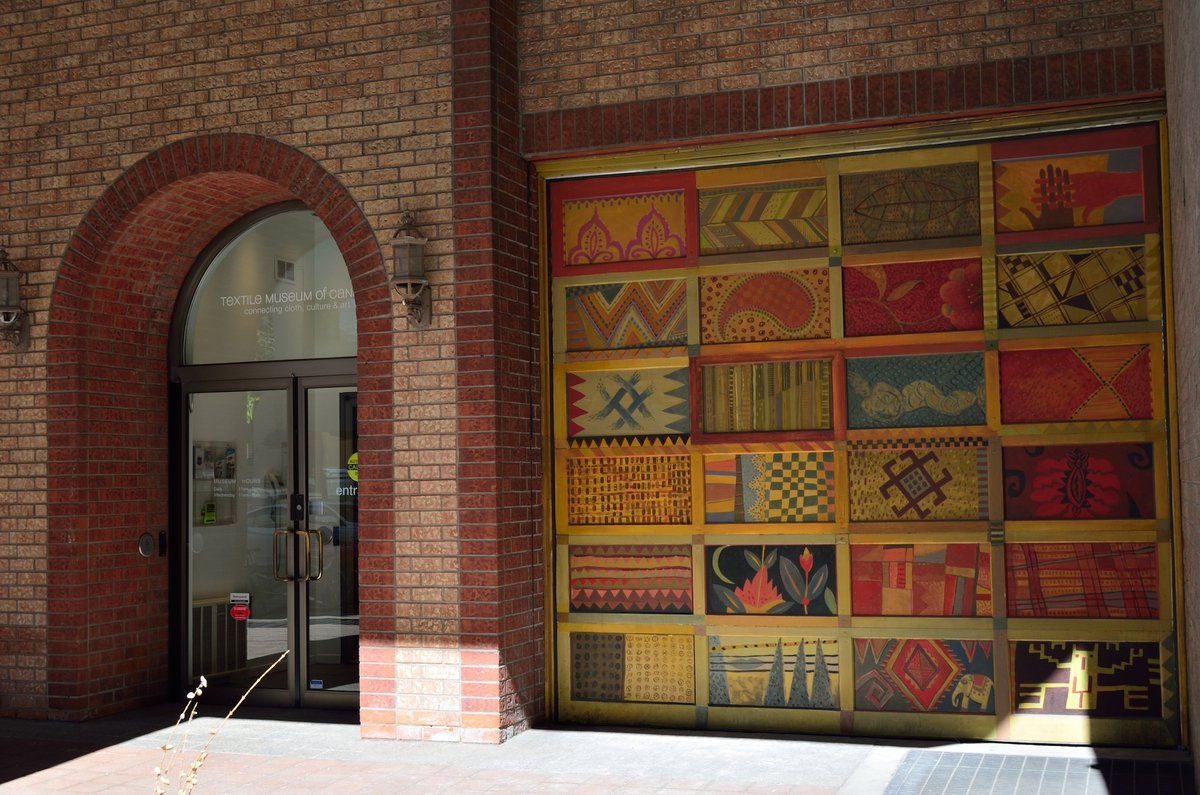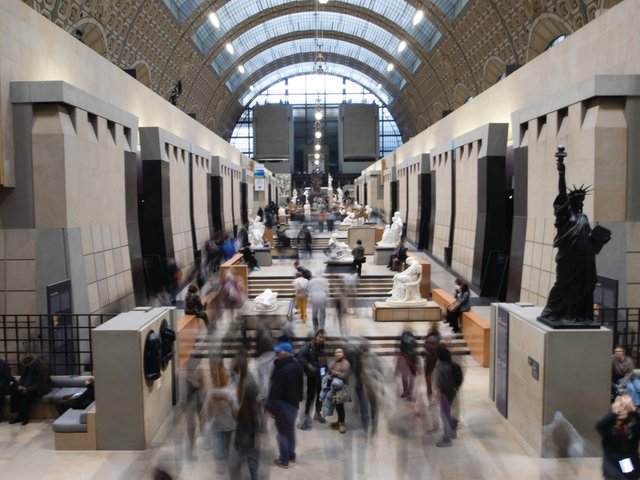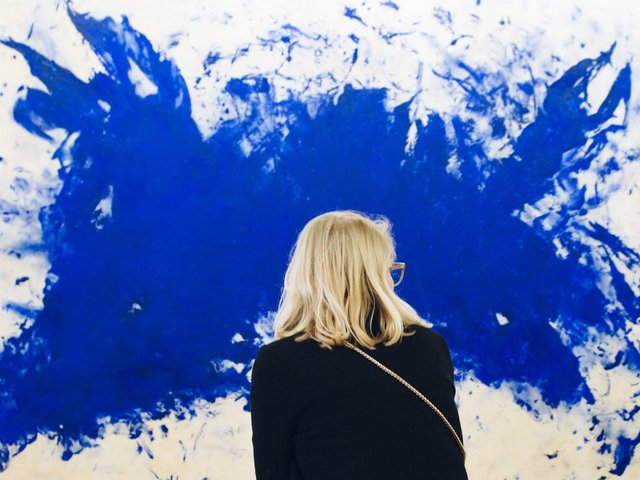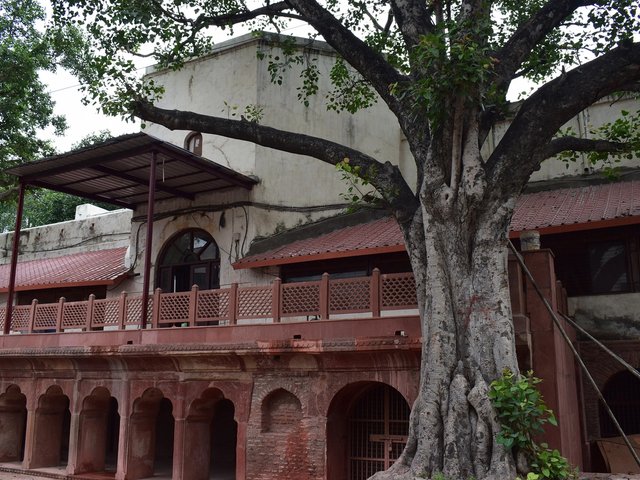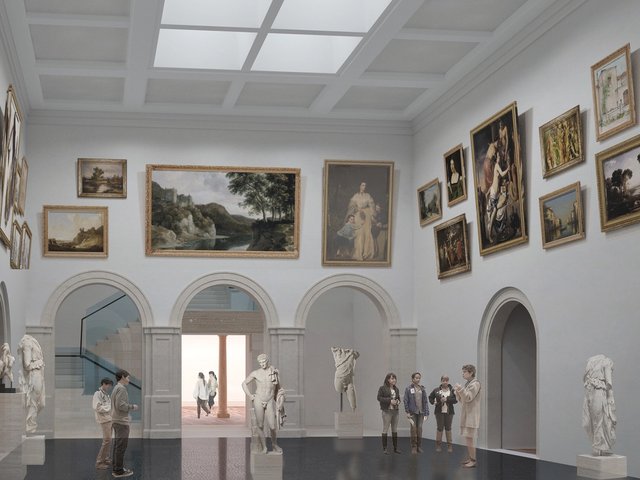The Textile Museum of Canada will close its doors on 16 February, with a re-opening date still to be determined but tentatively expected in September. Funding is a major concern, along with accessibility—the building’s elevator is in need of serious repair. Board chair Urmi Desai, who has been involved with the downtown Toronto museum for nearly a decade, told the Toronto Star the elevator is “no longer safe”.
“We were already going to close due to the elevator,” Desai tells The Art Newspaper. She estimates it would take at least six to eight weeks to address the elevator problem. News of its imminent closure for more than six months has caused a surge of interest in the museum. “It’s heartwarming,” Desai says. “It reminds me of why we work so hard.”
The museum, founded in 1975, was originally located further uptown in Mirvish Village and was known as the Canadian Museum of Carpets and Textiles. It relocated to its current site just north of Toronto City Hall in 1989 and now boasts a permanent collection of more than 15,000 pieces from around the world, spanning 2,000 years of textile history. Among its most treasured items are a salmon skin suit from China, Nazca fragments from Peru and a hooked rug by the artist Florence Ryder of the Standing Buffalo Dakota First Nation that incorporates traditional Sioux designs.
In a letter to the museum’s members, visitors and supporters, Desai touched on some of the other issues facing the museum and shared by similar organisations. “Along with other cultural institutions, the Museum has been faced with the significant challenge of regaining and expanding our audiences following the Covid-19 pandemic shutdowns,” she wrote.
As she elaborates to The Art Newspaper: “We never fully recovered from Covid—everyone started staying home more. We did OK with our audience numbers, but they’re not growing.” She adds she would like to see an increase of even 10%, adding that “people do come out for special events”.
Desai added in her letter: “In response, over two years ago, the museum launched an ambitious expansion of our exhibition programming and fundraising to attract new audiences. Unfortunately, changes in audience behaviours and funding priorities have resulted in an unexpected shortfall in our finances, resulting in operating constraints.”
Regarding those changes in audience behaviour, Desai tells The Art Newspaper: “Part of this issue is that audiences have changed in part for more preferences for digital offerings, but we will be examining this in more detail as part of our next steps.”
She also elaborates on the needed building maintenance work: “The main item requiring repair is an elevator, which given the layout of the building, makes it accessible. Otherwise, extensive use of stairs is required.” The museum’s main public area is up several flights of stairs. The museum has been awarded a grant to cover those expenses.
The museum’s website will continue to offer online access to its collection, while onsite tours and collection visits will be by appointment only. It was one of the first museums to digitise its entire collection, according to Desai. “We’re one of the largest fully digital digitised collections online in Canada,” she told the Star.


